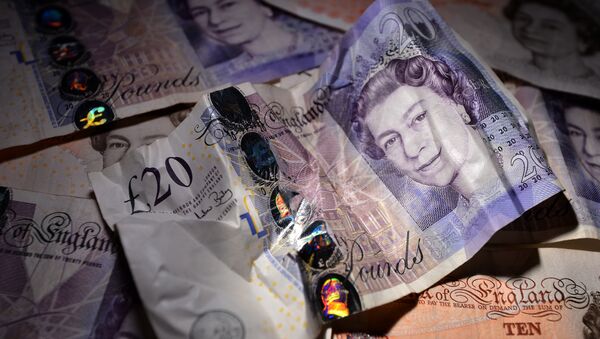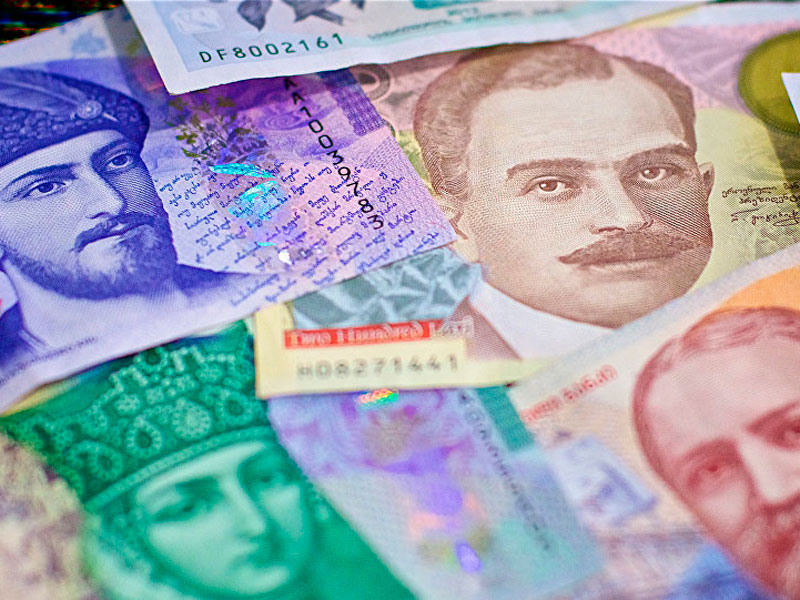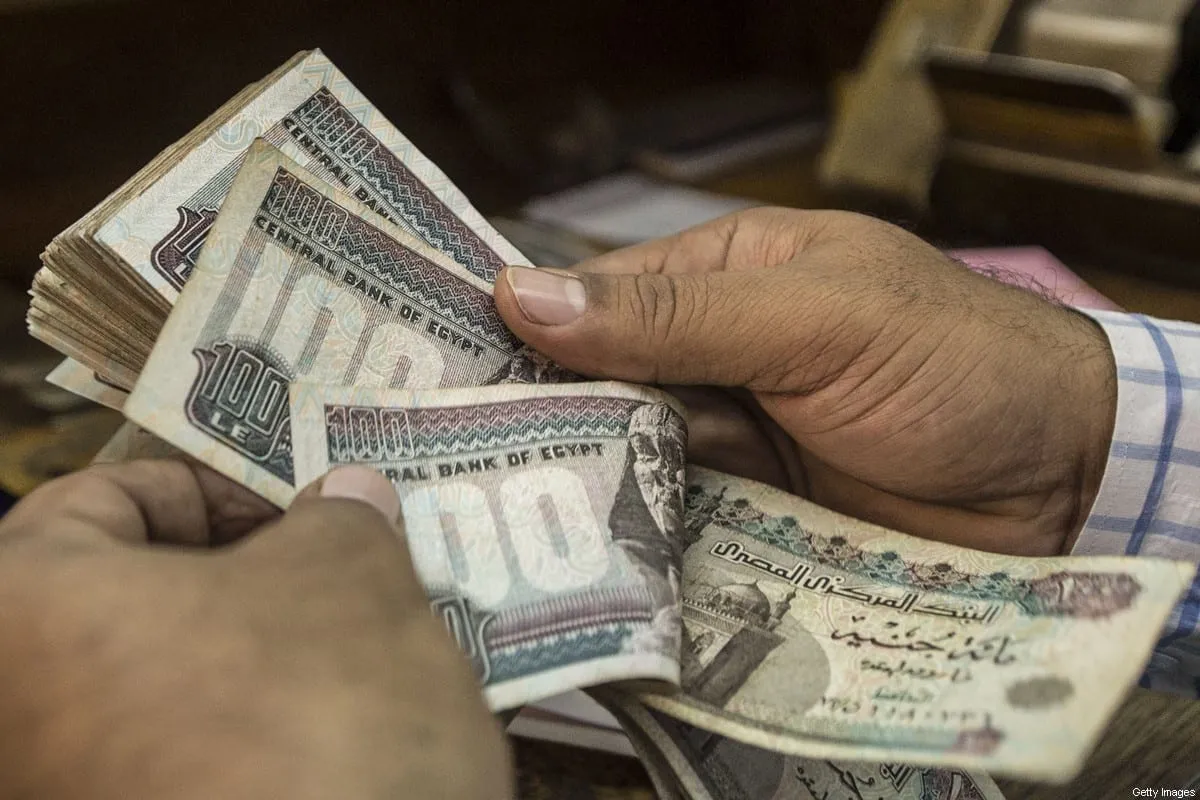UK’s Economic Outlook Is Inspiring… Pessimism
With little indication that 2023 will be very different, a turbulent year for the pound sterling is drawing to an end. Signs of a devastating UK economic downturn continue to pile up. Analysts are skeptical that the currency can extend or even maintain a recent rise against the dollar. Traders remain gloomy over the long term, as seen by the options market.
After a change of government following Liz Truss’ ineffective leadership and a weakening dollar, the pound increased from an all-time low reached in September. Nonetheless, 2022 will be the worst year since the Brexit referendum, with a loss of 11%.
With the Bank of England looking more dovish compared to peers, room for improvement next year may be limited by divergent central bank policies. The UK economy also suffers. The finance deficit soars to record levels, and double-digit inflation causes a significant reduction in living standards. It also reduces consumption and provokes decades of industrial unrest. Accordingly, a significant downturn in the housing market seems likely.
Fear-Greed Indicator Shows Bears Are Still in Control of The Pound
The pound sterling reversed losses two weeks after Truss’ efforts to implement large-scale government tax cuts. However, one-year risk reversals did not return to pre-budget positions for over two months. Traders remain significantly bearish on the pound over the long term. The spot market’s slow recovery suggests that sentiment is more based on circumstance rather than an outright bullish statement.
According to the latest statistics from the Commodity Futures Trading Commission, leveraged funds switched their net short position on the pound in the week ending December 13th after previously being long.
The pound receives mixed signals from a technical standpoint. The Bloomberg fear-greed indicator shows bears are still in charge of price action. Additionally, the so-called bearish moving averages crossover unfolds on the monthly chart. This catches attention when the market is rebounding from its fourth-quarter slump. As a result, the pound’s prospects appear to be down in the near term.
JPMorgan Chase and Co. analysts predict that by the end of the first quarter, sterling will be valued at $1.14, back from $1.21 now. The calculations are based on their “particularly-negative assessment” of the UK’s GDP prospects. In addition, political uncertainty may be compounded by local elections in May.
















